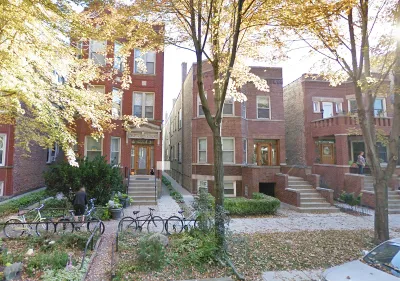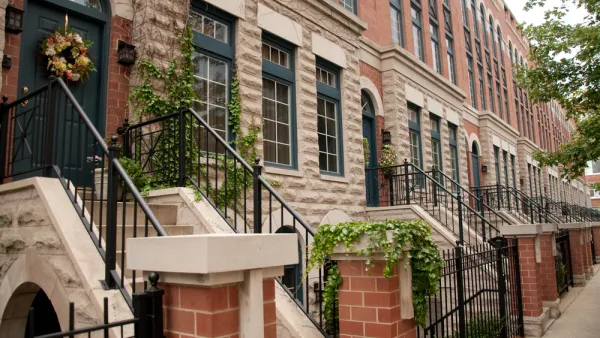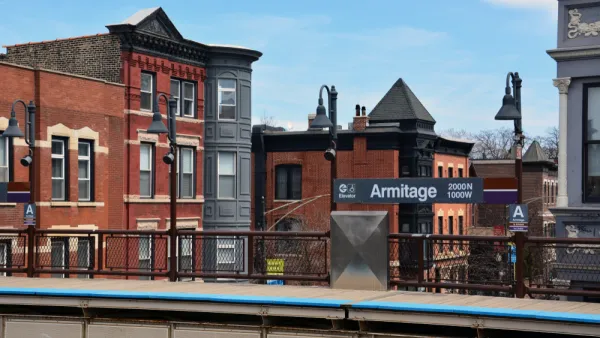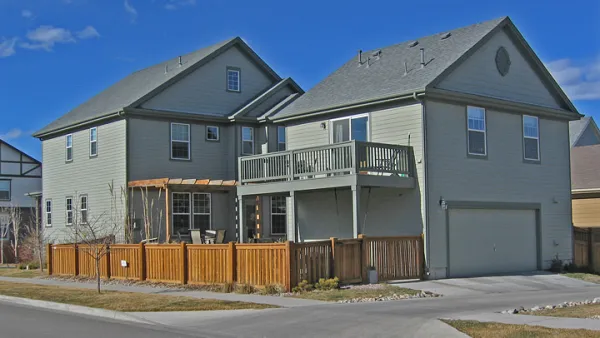A recent report by the DePaul University Institute for Housing Studies finds the number of two-flats, three-flats, and four-flats in quick decline among the residential building stock of Chicago.

Mary Schmich writes:
Over a meager span of years, from 2010 to 2016, the city lost 20,000 homes in two-flats, three-flats and four-flats, those classic buildings, typically brick, that have defined Chicago’s look and feel for more than a century.
According to Schmich, there are vital reasons to worry about the declining number of these class Chicago residential units.
The demolition of these old buildings, as noted in a recent report by DePaul University’s Institute for Housing Studies, is changing the city’s character. Affordable housing gets far harder to find. Middle-class and working-class people are priced out. Neighborhoods become less diverse.
After imparting those realities, the article addresses more of her personal attachment to these buildings, and some of the experiences that can only be earned by living in a walk up.
For more traditional news coverage of the decline of two-flats in Chicago, see an article by Tanveer Ali from April 2018, which reported on the details of the "2018 State of Rental Housing in Cook County" report by DePaul University’s Institute of Housing Studies (IHS), which lays outs the data at the center of this news. IHS was also tracking the issue in 2017.
FULL STORY: Chicago's two-flats and three-flats are vanishing — so is the art of living at the top of the stairs

National Parks Layoffs Will Cause Communities to Lose Billions
Thousands of essential park workers were laid off this week, just before the busy spring break season.

Retro-silient?: America’s First “Eco-burb,” The Woodlands Turns 50
A master-planned community north of Houston offers lessons on green infrastructure and resilient design, but falls short of its founder’s lofty affordability and walkability goals.

Delivering for America Plan Will Downgrade Mail Service in at Least 49.5 Percent of Zip Codes
Republican and Democrat lawmakers criticize the plan for its disproportionate negative impact on rural communities.

Test News Post 1
This is a summary

Test News Headline 46
Test for the image on the front page.

Balancing Bombs and Butterflies: How the National Guard Protects a Rare Species
The National Guard at Fort Indiantown Gap uses GIS technology and land management strategies to balance military training with conservation efforts, ensuring the survival of the rare eastern regal fritillary butterfly.
Urban Design for Planners 1: Software Tools
This six-course series explores essential urban design concepts using open source software and equips planners with the tools they need to participate fully in the urban design process.
Planning for Universal Design
Learn the tools for implementing Universal Design in planning regulations.
EMC Planning Group, Inc.
Planetizen
Planetizen
Mpact (formerly Rail~Volution)
Great Falls Development Authority, Inc.
HUDs Office of Policy Development and Research
NYU Wagner Graduate School of Public Service





























